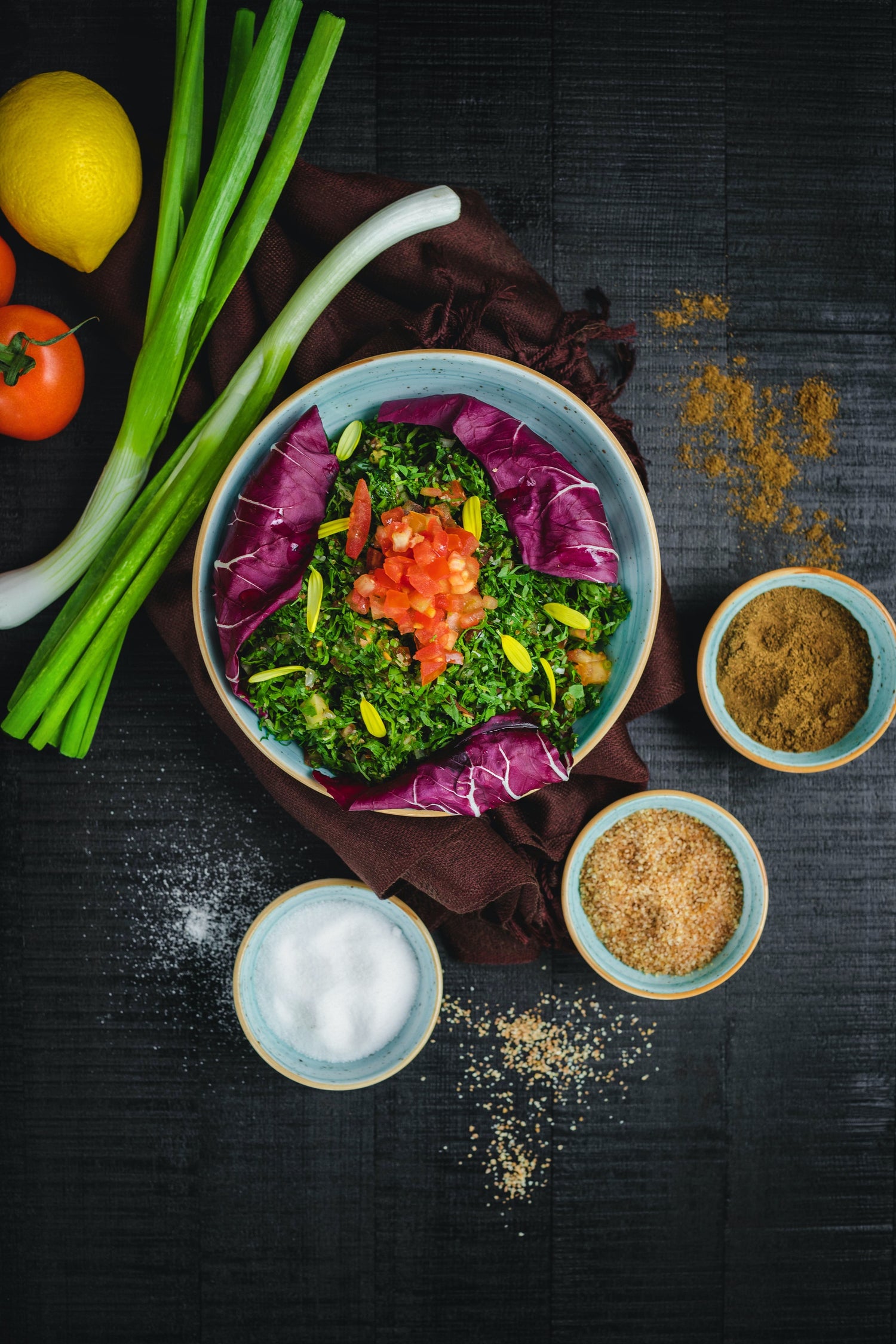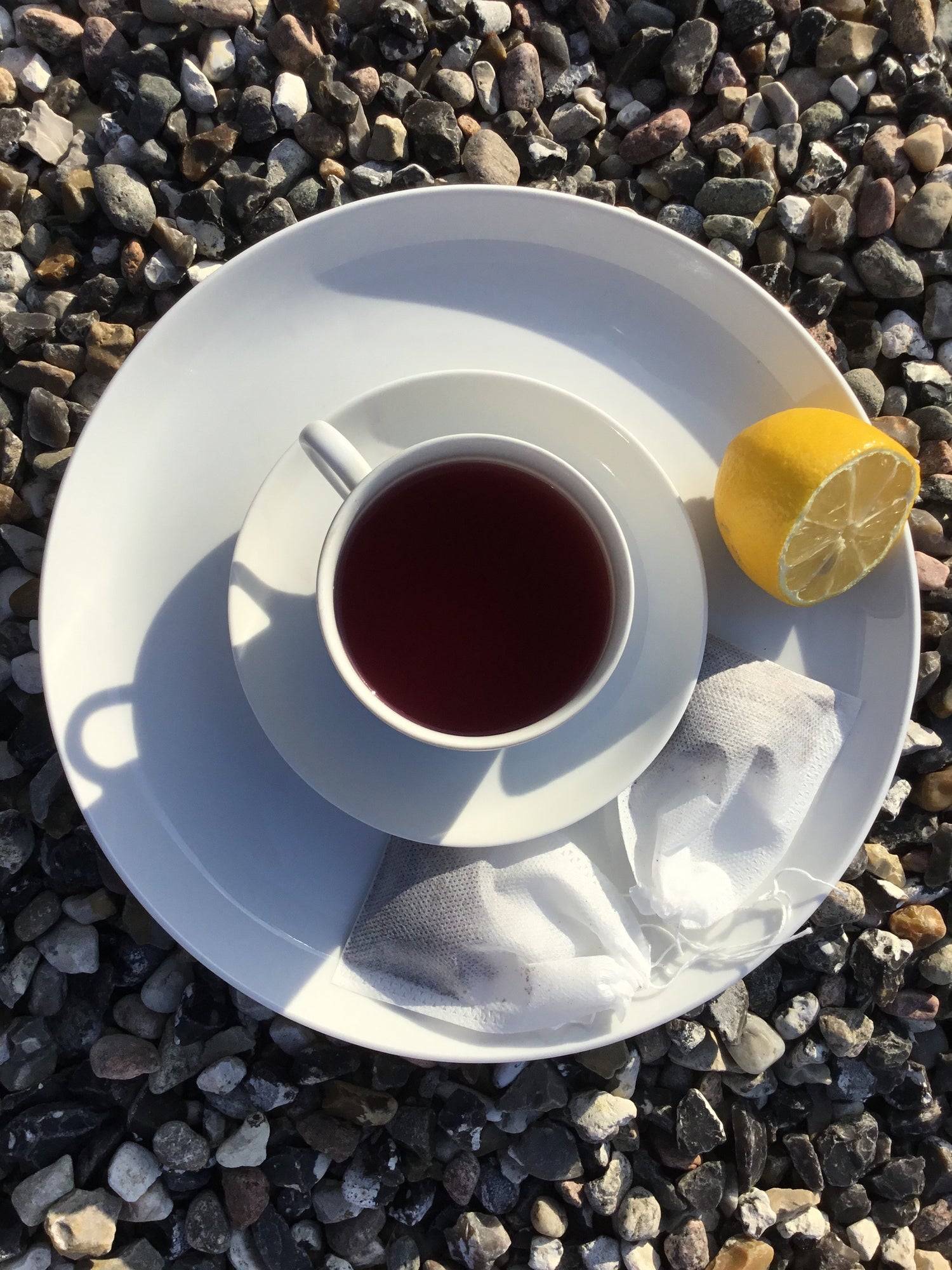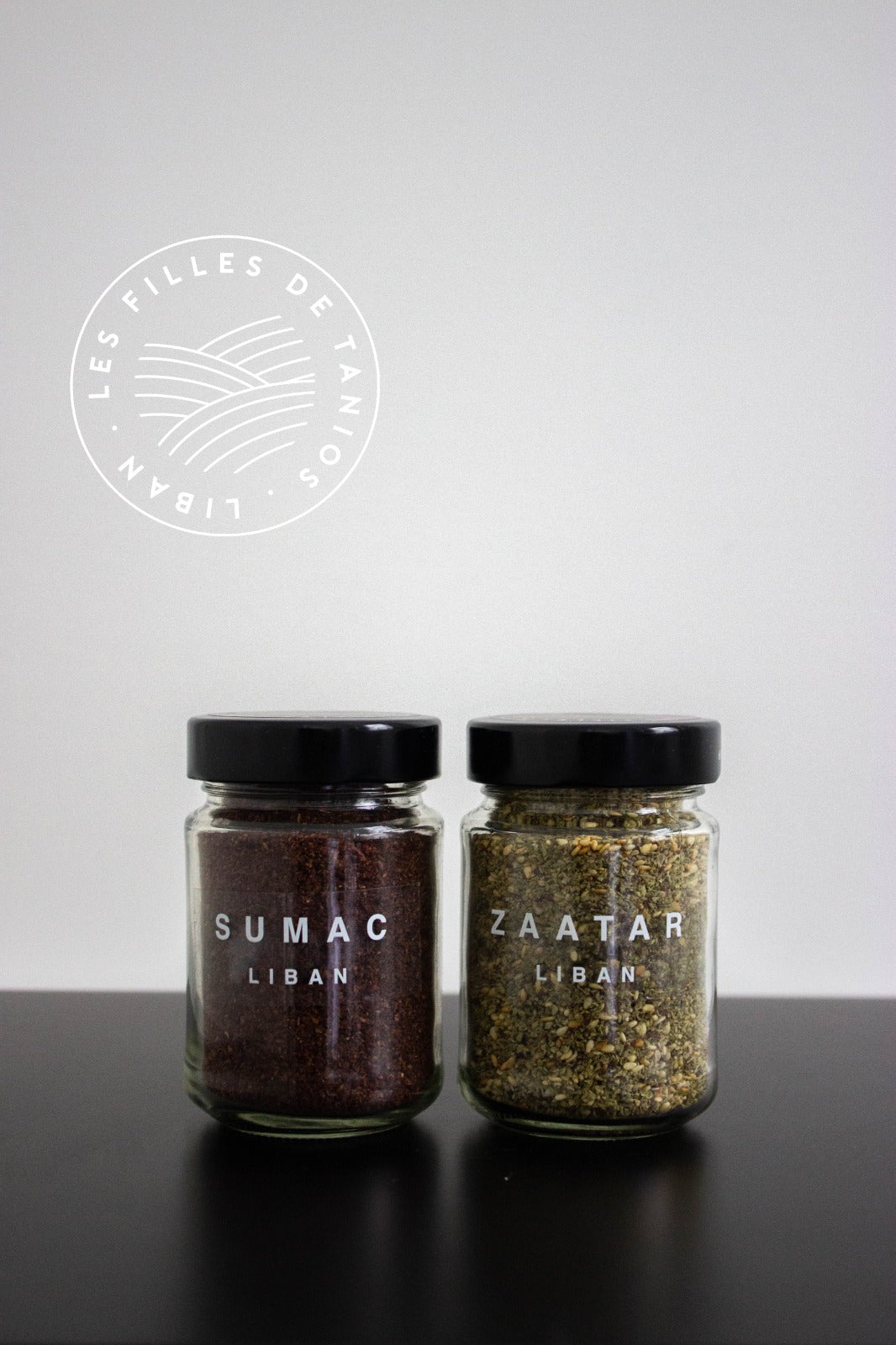How to use sumac
Sumac, a spice produced from the berries of the Rhus coriaria shrub, dried and ground, is widely appreciated in Middle Eastern cuisine for its unique tangy flavours and citrus aromas. Sumac can be used in a variety of ways in the kitchen, adding a touch of freshness and an original flavour to your dishes.

Using sumac in your dishes
One of the easiest ways to use sumac is by sprinkling it directly over cooked dishes such as grilled meats, fish or roasted vegetables. Its tangy flavour adds a lively, fresh note to dishes, and can replace lemon in some dishes.
Sumac can also be used as a dry marinade for meat and fish, sprinkled on before cooking to add flavour.
It can also be mixed into sauces or dressings to add a tangy touch to dishes, or sprinkled directly onto salads.
With its versatility, sumac is an essential ingredient for exploring new flavour dimensions and adding a vibrant, lemony note to a variety of dishes.

Use sumac to prepare summer drinks
Another popular use for sumac is in the preparation of refreshing drinks. Infusing sumac berries in water produces a tangy, thirst-quenching drink, perfect for hot days. This infusion can also be sweetened with honey and flavored with a few drops of orange blossom water.

Sumac, a key ingredient in zaatar
Sumac is also a key ingredient in the preparation of zaatar, a spice blend much loved in the Middle East. This traditional blend combines different herbs and spices, including thyme, sesame and sumac, to create a complex and captivating flavor. The sumac adds a tangy, slightly lemony note to the zaatar, balancing the flavors and adding a distinctive touch of freshness. Used for generations in Mediterranean cuisine, zaatar, with its unique combination of spices, enhances many dishes, both cooked and raw.
